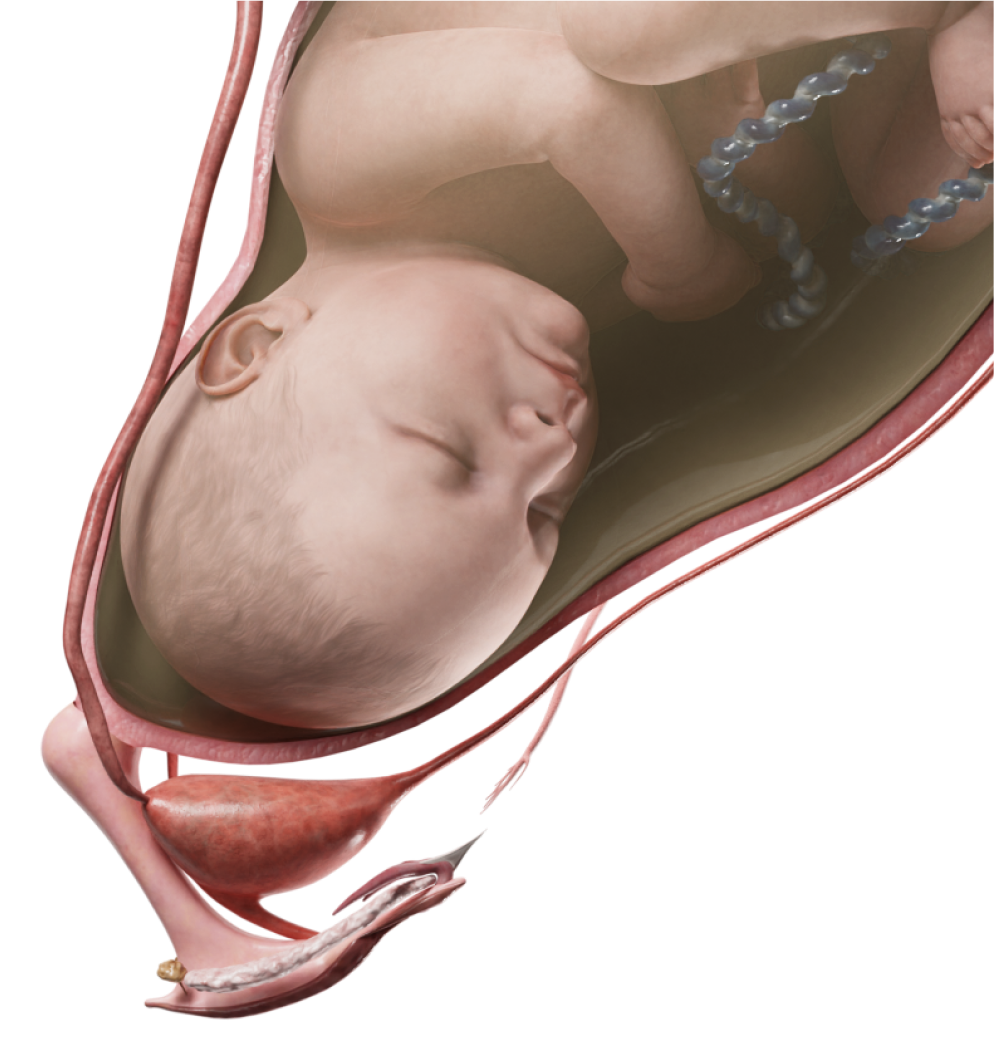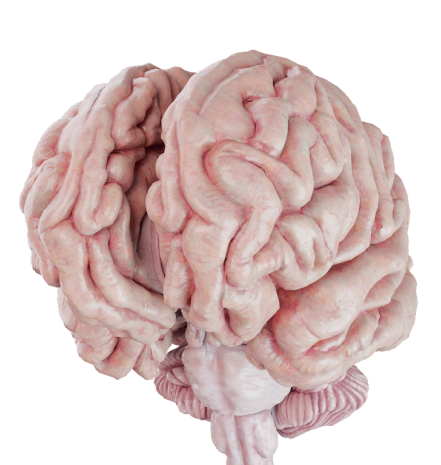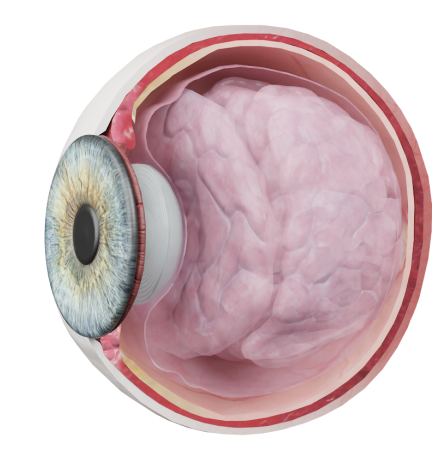Vulvitis
Vulvitis is an inflammation of the vulvar tissues that generally occurs secondary to various vulvar conditions. The disease tends to affect the labia minora and majora, clitoris, mons pubis, and vestibule of the vagina.
Vulvitis is common among premenarchal girls and postmenopausal women. Both groups have low estrogen levels that may cause the vulvar tissues to become thin and dry. Thin vulvar tissues, in turn, are more prone to injuries and infections.
Note that generally, inflammation is not limited to the vulva but spreads further to the vagina; such cases are described as vulvovaginitis.
Besides an infectious nature, vulvitis may develop as an idiopathic condition. For instance, one of the forms is granulomatous vulvitis, which manifests as chronic, painless edema of the genitalia and shows histological signs of granulomatous inflammation.
One more distinct category among vulvar conditions is vulvar dermatoses. This category encompasses vulvar lichen sclerosus, vulvar lichen planus, lichen simplex chronicus, vulvar eczema, vulvar psoriasis, vulvar intraepithelial neoplasia, genital ulcer of the vulva, and Lipschütz ulcer of the vulva.
In vulvitis, infectious agents typically belong to the opportunistic pathogenic microflora. In approximately 90 % of cases, vulvitis is associated with Candida albicans. The remaining reports indicate involvement of Escherichia coli, Staphylococcus epidermidis, group B Streptococcus, Enterobacterales spp., etc. The list of bacterial pathogens is not limited to the species mentioned above and may also include Neisseria gonorrhoeae, Trichomonas vaginalis, and Chlamydia trachomatis.
The most common viral agent is the herpes simplex virus.
Occasionally, vulvitis may develop due to bacteria causing tuberculosis and diphtheria. However, such instances are rare.
Note that infections only develop when vulvar tissues are traumatized by a specific factor.
Predisposing Factors
Vulvitis may develop due to certain conditions when the integrity of the skin and mucosa of the external genitalia is compromised. These include:
- Vulvovaginal atrophy
- Urinary incontinence either as a standalone factor or in combination with a prolonged use of incontinence pads
- Endocrine and metabolic disorders (e.g., diabetes mellitus, obesity)
- Synthetic or tight underwear that traumatizes the mucosa
- Allergies to dyed or scented toilet paper, sanitary pads, or tampons; soap, vaginal sprays, and shower products that contain harsh ingredients; laundry detergents and rinse aids
- A wet bathing suit or underwear if worn over a long period, leading to skin macerations
- Trauma caused by physical activities such as cycling or horse riding
- Spermicides that cause allergic reactions
- Vulvar scratching due to scabies or pubic lice infestation
- Radiotherapy
Clinical Manifestations
Patients may not have any specific complaints but experience pruritus, burning sensations, hyperemia, edema, fissures and scratch marks (excoriations), or rashes in the form of macules, patches, papules, plaques, nodules, vesicles, bullae, or pustules.
These lesions may be of normal skin color or develop reddish, whitish, brownish, or black shades.
In cases of vulvovaginitis, patients may also observe an abnormal foul-smelling discharge.
Chronic inflammation in the vulvar region may provoke swelling, induration, and deformation of the external genitalia. Younger females may develop
synechiae. In such instances, patients report persistent dyspareunia (painful sexual intercourse) and dysuria (painful or uncomfortable urination).
Gynecological Examination
Vulvar lichen sclerosus mainly affects the labia minora and majora, prepuce of the clitoris (clitoral hood), and perianal region. Generally, the vagina remains intact. Around 10 % of patients experience extragenital lesions.
Upon examination, the tissues look pale and often atrophic. Atypical variations may present with hyperkeratosis.
As a pathognomonic symptom, purpura (or bruising, ecchymosis) is also observed. Compromised morphology of the external genitalia leads to resorption of the labia minora and/or midline fusion. Furthermore, the clitoral hood may become fused with an otherwise unaffected clitoris. Erosions are common; lichenification and hyperkeratosis may be occasionally observed. Note that these signs are not typical for vulvitis and may be indicative of vulvar intraepithelial neoplasia.
The alterations may either be localized (generally on the clitoral hood) or include the perianal region and resemble a figure of 8.
Depending on clinical manifestations, vulvar lichen planus may be classified as follows:
1. Classic: The keratinized anogenital skin bears typical papules, with or without stretch marks on the internal surface of the vulva. Upon healing, papules leave hyperpigmentation patches, especially in women with a darker skin type. One of the features of this condition is that it may be absolutely asymptomatic.
2. Hypertrophic: This type of the disease is relatively uncommon and is difficult to diagnose. In general, the perineum and perianal region are affected. The skin is covered with thickened warty eruptions or plaques that may become ulcerated, infected, and painful but do not spread to the vagina. Such lesions may be confused with signs of malignant neoplasms.
3. Erosive: This is the most common form of vulvar lichen planus. Erosions are detected on the mucosa. The erosions are bordered by a pale purple lacelike net (Wickham striae). If left untreated, the erosions may heal on their own, leading to scars, synechiae, and complete vaginal stenosis. The lesions may look like loose telangiectasias with focal erythema, responsible for general symptoms such as postcoital bleeding, dyspareunia, and variable serohemorrhagic discharge.
Vulvar lichen simplex is commonly associated with atopic eczema or psoriasis. This condition arises when chronic scratching leads to lichenification, i.e., thickening, of mildly flaky, pale, or muddy skin. It generally manifests as an erythematous inflammation with poorly defined edges. Fissures may also be observed. The skin appears very dry (a phenomenon known as xerosis) and a bit scaly. In chronic cases, constant scratching leads to thickening and lichenification.
Irritant contact dermatitis typically appears as coalesced lesions and is limited to the area that has been in direct contact with the irritant.
Unlike the irritant form, the skin affected by allergic contact dermatitis may present with macular lesions, the lesion edges are less defined and cover a larger surface than the contact area with the suspected allergen. Signs and symptoms of allergic contact dermatitis typically persist for 48–72 hours after the allergen contacts the previously sensitized skin. In severe cases, the skin of the genitalia becomes extremely inflamed and edematous; sometimes weeping, blisters, and erosions may develop.
Seborrheic dermatitis typically manifests as slightly pink, shiny, poorly outlined patches with a thin whitish scale. Skin alterations may affect the pubic region, inguinal grooves, anal region, and vulva. Lichenification is also typical for the condition. The affected areas often bear excoriations, and pubic hair loss may be observed.
Vulvar psoriasis generates clearly defined, brightly colored erythematous plaques, that appear symmetrical and are found on the labia majora. The lesions may spread to the inguinal grooves and perianal skin. Fissures may be observed, whereas scaling is rare. Other body regions, such as the scalp, umbilicus, or nails, also tend to be involved.
Clinical manifestations of a squamous intraepithelial lesion (earlier referred to as vulvar intraepithelial neoplasia) may vary. The condition may generate white or erythematous, pigmented, often wart-like plaques. Multifocal lesions are often nonresponsive to treatment. The hyperkeratotic, erosive, or ulcerated lesions are commonly found around the clitoris, labia minora, and vaginal introitus, as well as the internal surface of the labia majora. The perianal area and perineum are rarely affected.
Diagnosis
- Detailed medical history and gynecological examination.
- Highly sensitive techniques: DNA testing of a smear from the affected site. The method helps determine Candida spp., Trichomonas vaginalis, Сhlamydia spp., Neisseria gonorrhoeae, as well as Escherichia coli, Streptococcus spp., Staphylococcus spp., etc.
- Vulvoscopy.
- Biopsy as needed when:
- The diagnosis is complicated;
- The course of the diseases is atypical;
- An intraepithelial lesion or malignancy is suspected;
- No response to first-line treatment has been achieved;
- Atypical pigmented patches are observed.
- Patch testing (performed when secondary allergies or contact dermatitis is suspected)
Treatment
- Antibiotic therapy: Vulvitis complicated by a bacterial infection requires local broad-spectrum antibiotics. If Trichomonas vaginalis, Сhlamydia trachomatis, or Neisseria gonorrhoeae is identified, specific antibiotics are prescribed.
- Antifungal therapy: these medications are used to treat candidal vulvitis. Azole antifungal agents relieve symptoms in 80–90 % of patients. The most commonly used drugs are:
- Clotrimazole
- Miconazole
- Tioconazole
- Butoconazole
- Terconazole
- Antiviral therapy: the aim is to tackle a herpetic infection. The following medications are recommended:
- Acyclovir
- Famciclovir
- Valacyclovir
- Vulvar dermatosis treatment
4.1. Vulvar lichen sclerosus:
- Primary therapy: Clobetasol propionate;
- Options: Mometasone furoate.
4.2. Vulvar lichen planus:
- Primary therapy: Clobetasol propionate Vaginally (clobetasol propionate or prednisolone as a suppository);
- Options: Locally: calcineurin inhibitors (under dermatological supervision).
4.3. Vulvar eczema, Atopic eczema, Contact dermatitis, Seborrheic dermatitis:
- Primary therapy: Emollients and soap substitutes. Mild and moderate conditions may be treated with topical steroids (QD — once daily). Irritants should be avoided;
- Options: In cases of severe inflammation or lichenification, clobetasol propionate may be used. Sedatives Antihistamines.
4.4. Vulvar psoriasis:
- Primary therapy: Topical steroids;
- Options: Vitamin D analogues, Coal tar gels and ointments.










